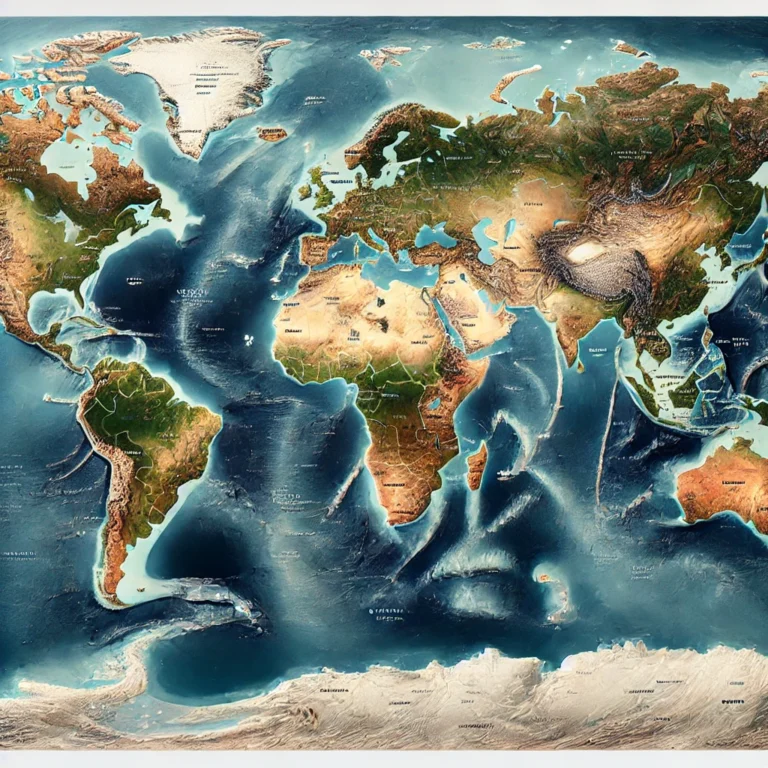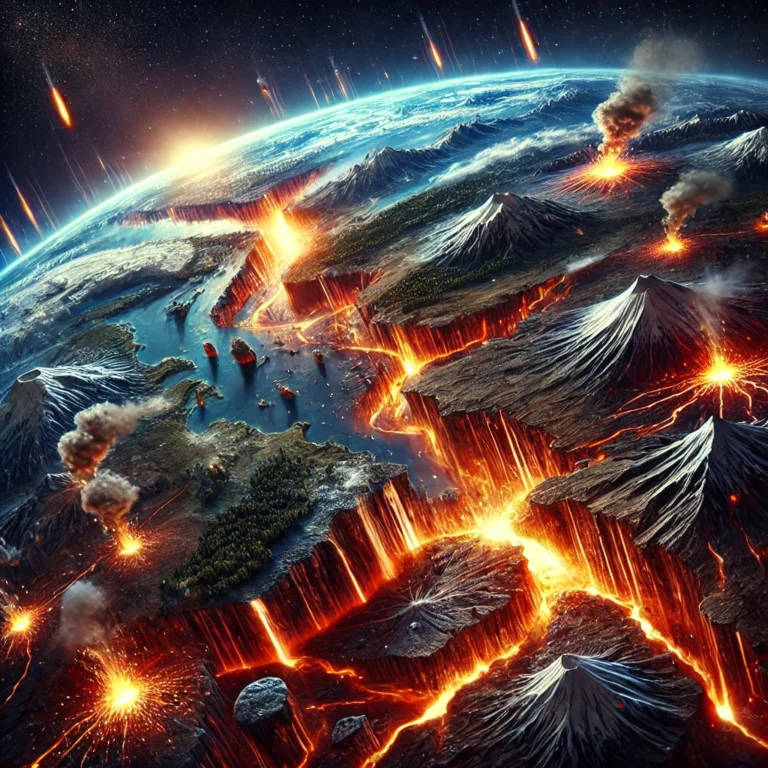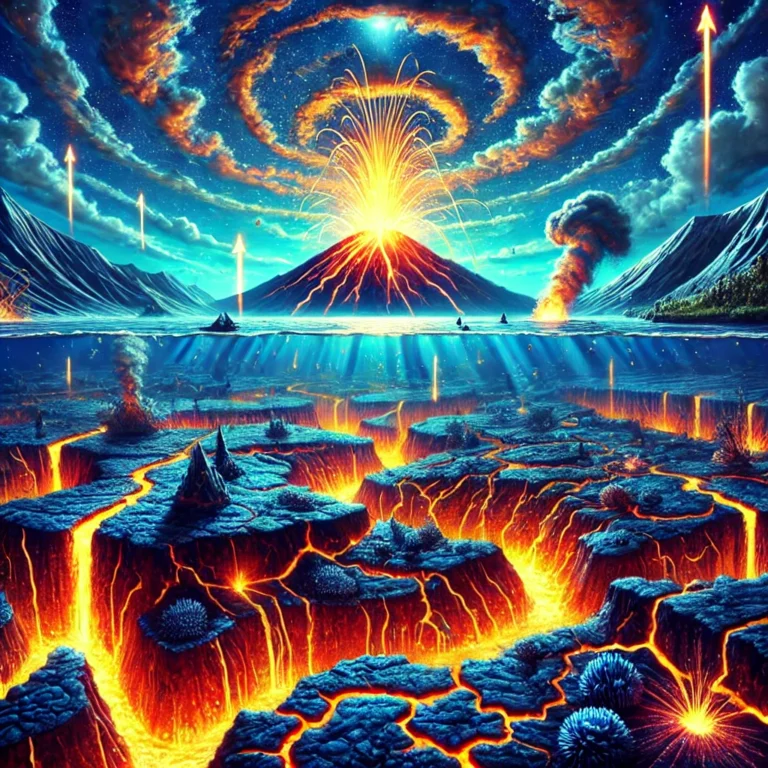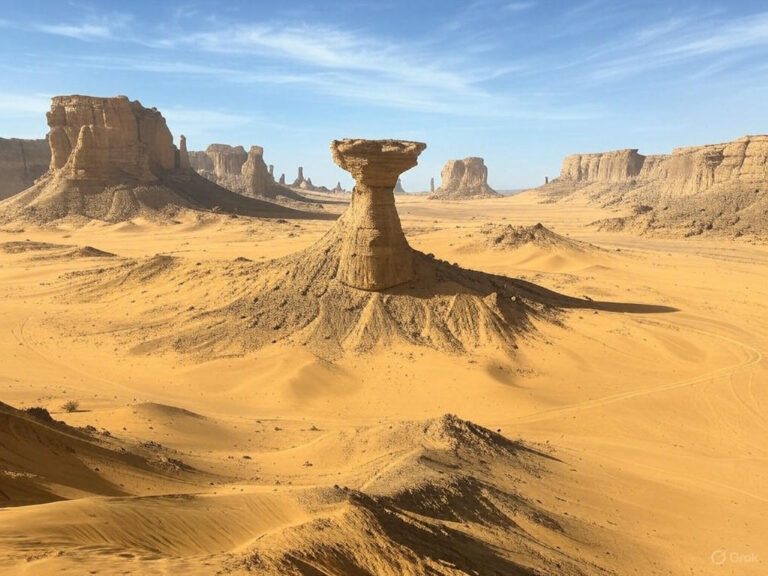Political Map of Europe
Europe’s political map isn’t a colonial artifact—it’s a living manuscript written in wars, revolutions, alliances, treaties, and integrations. Unlike Africa, where borders were externally imposed, Europe’s map evolved from centuries of internal negotiation and bloodshed.
To understand the political map of Europe is to trace the interplay of empires, the fall of monarchies, the rise of nationalism, and ultimately, the dream of supranational unity through the European Union.
Let’s understand Europe’s political cartography through four key lenses:
- 🛡️ Historical Evolution of Borders
- 🇪🇺 European Integration and the EU Framework
- 🔥 Conflict Zones and Frozen Borders
- 🌍 Regional Divisions and Strategic Relevance
🛡️ A Continent Shaped by Wars and Empires
Unlike the straight lines of African borders, European boundaries are jagged—each one earned through dynastic marriages, peace treaties, or battlefield redrawings.
📜 From Empires to Nations
- The Holy Roman Empire (central Europe), Austro-Hungarian Empire, Ottoman Empire, and Tsarist Russia once sprawled across today’s patchwork of countries.
- The idea of the nation-state only solidified after the Napoleonic Wars and gained real momentum after World War I.
🧨 World Wars Redraw the Map
- WWI (1914–18): The fall of Austria-Hungary, Ottoman Empire, and Tsarist Russia led to the emergence of new states—Poland, Czechoslovakia, Yugoslavia, etc.
- WWII (1939–45): Nazi Germany’s rise and fall led to new divisions, occupations, and the beginning of the Iron Curtain, dividing East and West Europe.
🧱 Cold War: Europe Split in Two
- The political division between NATO-aligned Western Europe and Warsaw Pact Eastern Europe shaped borders and diplomacy for half a century.
- The Berlin Wall became the ultimate political symbol—one city, two ideologies.
🕊️ Post-1991: Reunification and Fragmentation
- Soviet Union’s collapse led to 15 new nations. Yugoslavia’s disintegration in the 1990s created seven new states.
- Germany reunified, while Czechoslovakia peacefully split into Czech Republic and Slovakia.
🔍 Political Takeaway:
Europe’s borders are not artificial—they are negotiated consequences of history. Every curve tells a story of union or disunion.
🇪🇺 The European Union – Geography Meets Governance
In Africa, post-colonial institutions like the AU aim for unity. In Europe, unity became reality—at least partially—through the European Union.
EU ≠ Europe. Not all European countries are in the EU (e.g., Norway, Switzerland), and some have exited (e.g., Brexit–UK). But its influence on political geography is profound.
🏛️ EU and the Schengen Area
- 27-member bloc, mostly Western, Central, and parts of Eastern Europe.
- Schengen Zone allows passport-free travel across 26 countries. Borders exist politically but are invisible physically.
💶 Eurozone vs EU
- Not all EU members use the Euro (e.g., Sweden, Hungary). And some Euro users aren’t in the EU (e.g., Kosovo uses Euro unilaterally).
📍 Map Implications:
- Political boundaries exist, but economic and political unions often override traditional border roles.
- For instance, Ireland–Northern Ireland border remains a flashpoint post-Brexit due to trade and customs complexities.
🔍 Political Takeaway:
In Europe, mapping is not just about where countries are, but where they align—economically, militarily, and institutionally.
🔥 Frozen Borders and Conflict Zones
Despite being a “developed” continent, Europe isn’t free of border conflicts. Some are “cold,” some are “hot,” and some are simply “frozen.”
🚫 Frozen Conflicts
- Ukraine–Russia: Crimea was annexed in 2014, and the 2022 invasion reopened hard borders and NATO debates.
- Georgia–Russia: Abkhazia and South Ossetia function as de facto independent with Russian support.
- Serbia–Kosovo: Kosovo declared independence in 2008, but Serbia and several others don’t recognize it.
🔥 Tension Zones
- Bosnia and Herzegovina: Complex internal borders, with a Serb-majority Republika Srpska that has autonomy.
- Cyprus: Divided between Greek Cypriots and Turkish Cypriots since 1974. The “Green Line” still separates Nicosia.
🔍 Political Takeaway:
Europe’s map is dynamic—not frozen in time. Some lines are blurred, others contested, and a few are invisible but real.
Terminology of the British Isles
British Isles (Geographical Term)
- Definition: A geographical grouping of over 6,000 islands including:
- Great Britain
- Ireland (both Republic of Ireland and Northern Ireland)
- Isle of Man
- Channel Islands (not shown on this map)
- ⚠️ Not a political entity.
- Controversy: Some in Ireland reject this term due to colonial connotations.
Great Britain (Geographical)
- Comprises three countries on the largest island:
- England
- Scotland
- Wales
- Does NOT include Northern Ireland.
Note: Great Britain sometimes used colloquially to refer to the political union of these three countries, but not an official political entity on its own.
United Kingdom (UK)
- Full name: United Kingdom of Great Britain and Northern Ireland
- Political country comprising:
- England, Scotland, Wales (all on Great Britain)
- Northern Ireland (on the island of Ireland)
- Capital: London (England)
Ireland (The Island)
- Composed of:
- Republic of Ireland (a sovereign country; capital: Dublin)
- Northern Ireland (part of the UK)
- Note: The Republic of Ireland is not part of the UK.
Isle of Man
- Located in the Irish Sea between Great Britain and Ireland.
- Not part of the UK, but a Crown Dependency:
- Self-governing
- UK handles defense and international relations.
📌 Summary Table
| Term | Type | Includes |
| British Isles | Geographical | GB, Ireland, Isle of Man, other smaller islands |
| Great Britain | Geographical | England, Scotland, Wales |
| United Kingdom (UK) | Political | GB + Northern Ireland |
| Republic of Ireland | Country | Independent; not part of UK |
| Isle of Man | Crown Dependency | Not part of UK or Republic of Ireland |

🌍 Regional Divisions – Making Sense of the Map
Let’s divide the continent into regions that align with both geopolitical and geographic logic. This approach will significantly help in memorizing the countries on the European map. Take time to study each region while referencing the map, and with consistent revision, I’m confident that soon, you’ll effortlessly recall the location of every country in Europe.
1. Western Europe – The Core of Integration
📍 Countries: France, Germany, Belgium, Netherlands, Luxembourg, Switzerland, Austria
🛠️ Traits:
- Birthplace of the EU (Treaty of Rome, 1957).
- Industrial powerhouses and key EU decision-makers.
- Germany – de facto leader of EU, economic engine.
- Switzerland – neutral and outside EU, but tightly economically integrated.
💡 Notables:
- Benelux (Belgium, Netherlands, Luxembourg) – origin of EU spirit.
- France-Germany Axis – Franco-German relations drive EU policymaking.

2. Northern Europe – Welfare and Whiteness
📍 Countries: UK, Ireland, Iceland, Norway, Sweden, Finland, Denmark
🛠️ Traits:
- Strong welfare states, high HDI, maritime exposure.
- UK – ex-EU, now navigating post-Brexit geopolitics.
- Nordics – not always in the EU but deeply connected economically.
🌊 Maritime Power:
- North Atlantic ties make this region strategic for NATO.
- Norway – energy exporter, especially gas to EU amid Russia crisis.
3. Southern Europe – Mediterranean Crossroads
📍 Countries: Spain, Portugal, Italy, Greece, Malta, Cyprus
🛠️ Traits:
- Historically powerful (colonial empires) but now economically weaker.
- Heavily affected by Eurozone debt crisis (PIIGS – Portugal, Italy, Ireland, Greece, Spain).
- Major points of migrant entry from Africa and West Asia.
🔥 Flashpoints:
- Greece–Turkey tensions over Aegean Sea and Cyprus.
- Italy – key player in Mediterranean security and Libya politics.
4. Central and Eastern Europe – From Warsaw Pact to EU
📍 Countries: Poland, Hungary, Czechia, Slovakia, Romania, Bulgaria, Baltic states
🛠️ Traits:
- Joined EU in 2004-2007 waves.
- Struggle between liberal democracy vs rising nationalism (e.g., Hungary).
- Poland – frontline NATO state, critical in Ukraine crisis.
🧭 Transition Economies:
- Many of these countries are still catching up economically with the West.
- Baltic states (Estonia, Latvia, Lithuania) – NATO members, wary of Russia.
5. Southeastern Europe (Balkans) – Patchwork of Pasts
📍 Countries: Serbia, Bosnia, Montenegro, North Macedonia, Albania, Kosovo, Croatia, Slovenia
🛠️ Traits:
- Once part of Yugoslavia, now fragmented due to ethnic nationalism.
- Still striving for EU membership (e.g., Serbia, Bosnia).
- NATO presence and peacekeeping still active.
⚠️ Complexity:
- Ethno-religious mix: Orthodox, Catholic, Muslim.
- Borders drawn recently and often disputed.
🧠 Memory Techniques and Strategy for Mapping Europe
- Think in Clusters:
- Scandinavia (Nordics)
- Iberian Peninsula (Spain, Portugal)
- Balkan Bloc (Former Yugoslavia)
- Visegrád Group (Poland, Hungary, Czechia, Slovakia)
- Use Natural Boundaries:
- Alps divide Central from Southern Europe.
- Danube connects many countries from Germany to Romania.
- Carpathians arc through Central and Eastern Europe.
- Trace Political Groups:
- NATO vs non-NATO
- EU vs non-EU
- Eurozone vs Schengen
- Chronological Recall:
- WWI-created countries (Poland, Yugoslavia)
- Cold War satellites (Eastern Bloc)
- 2000s EU joiners (Baltics, Balkans)
🧭 In Summary:
| Region | Key Idea | Strategic Highlight |
| Western Europe | EU’s power core | Franco-German leadership, economic institutions |
| Northern Europe | Maritime, rich, socially strong | NATO, energy hubs, Brexit fallout |
| Southern Europe | Mediterranean identity | Migration hotspots, economic fragility |
| Central/Eastern | Post-communist integration | NATO-EU frontline, rising populism |
| Southeastern (Balkans) | Fragmented yet EU-aspiring | Ethnic borders, frozen disputes, NATO peacekeeping |
🧭 Final Word – Political Europe is a Living Map
Europe’s political geography is not a product of colonizers or external arbiters, but of internal redefinition and resilience. Whether through peaceful treaties or painful wars, Europe’s borders represent a negotiation between the past and the future.
If Africa’s map is colonial inheritance, Europe’s map is a palimpsest—a manuscript rewritten many times, but never erased.






